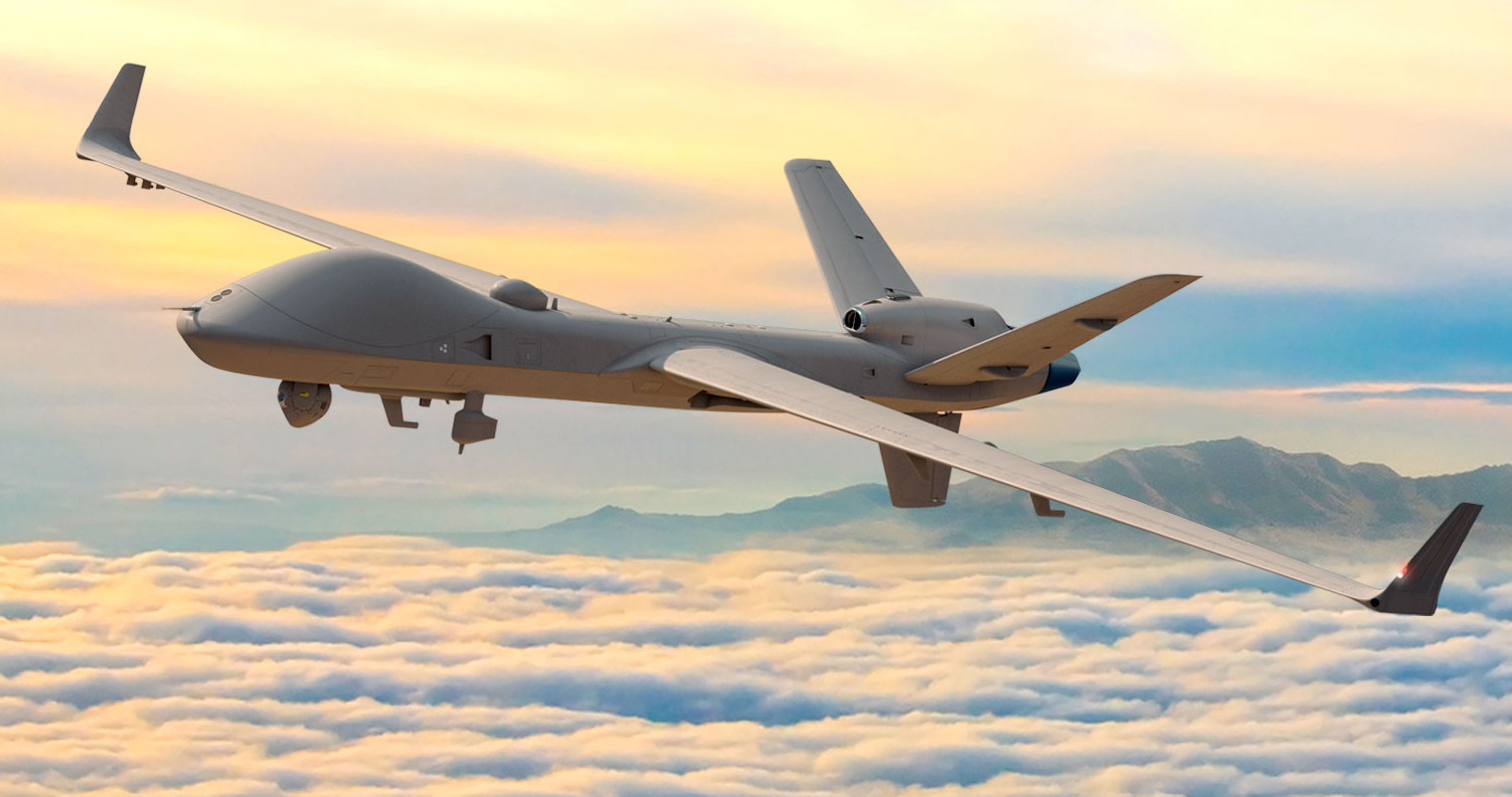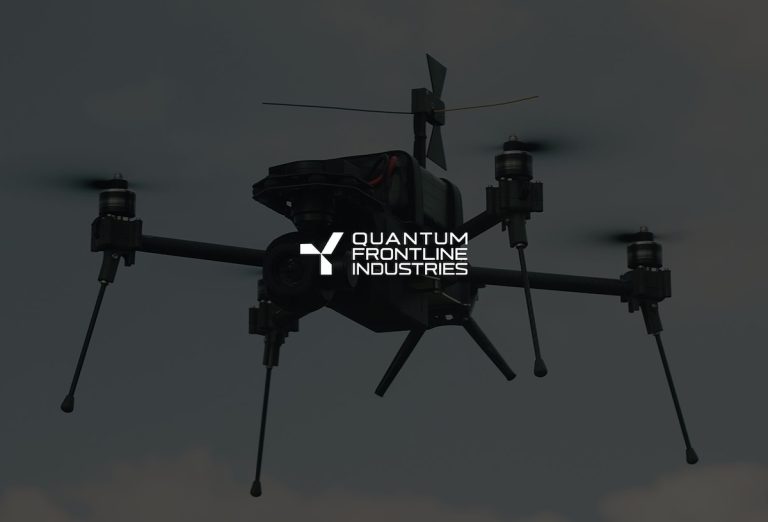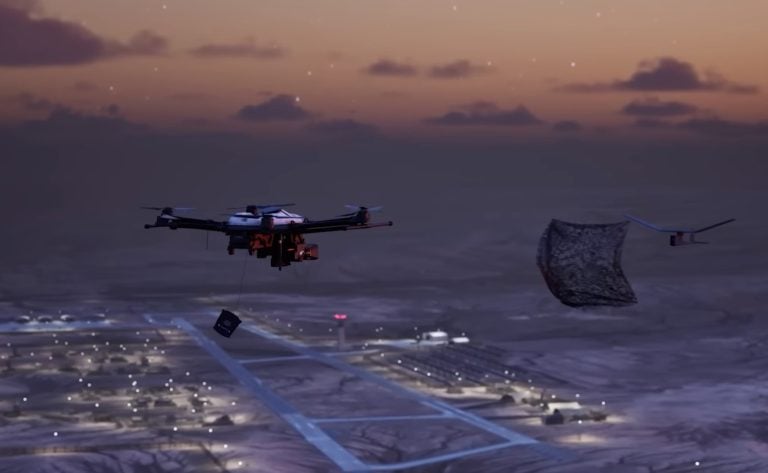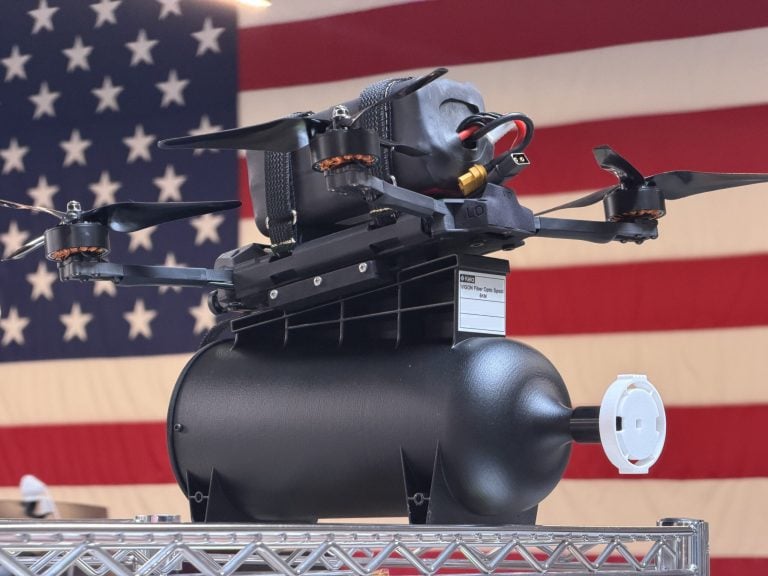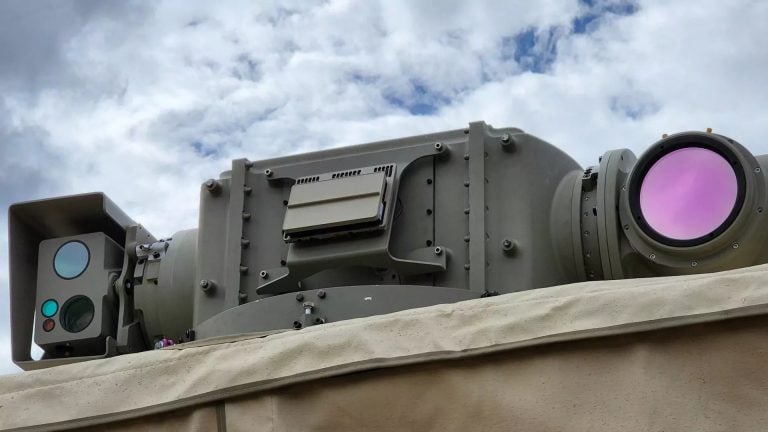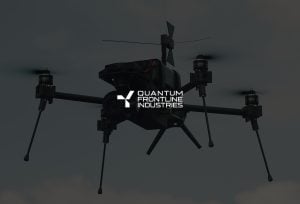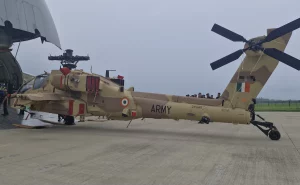In a significant advancement for drone training technology, General Atomics and CAE have announced a strategic partnership aimed at developing a cutting-edge mission trainer for the MQ-9B SkyGuardian drone. This collaboration will span a five-year period and involves the creation of 11 mission trainers, along with up to 50 devices that are set to enhance the training capabilities for operators of the MQ-9B.
As part of this contract, CAE will incorporate advanced visualization technology to construct a highly realistic training environment. The mission trainer will utilize the CAE Prodigy Image Generator, which boasts high-fidelity graphics, high-resolution 3D content, and sophisticated physics-based modeling to replicate actual flight operations accurately. This state-of-the-art gaming engine enhances training scenarios, providing operators with an immersive experience that significantly improves the transition of skills to real-world operations.
The initiative is embedded within the “Team SkyGuardian Canada” program, which promotes partnership and investment between General Atomics and Canadian enterprises. This program commenced in 2023 following Ottawa’s decision to procure the MQ-9B SkyGuardian under a substantial $1.72 billion procurement contract.
The MQ-9B SkyGuardian itself is a highly advanced unmanned aerial vehicle capable of conducting automatic takeoffs and landings. It excels in intelligence, surveillance, and reconnaissance missions, outfitted with a Lynx Multi-mode radar and an advanced electro-optical/infrared sensor. This formidable aircraft has a wingspan extending 79 feet (24 meters) and can carry an external payload of up to 4,750 pounds (2,155 kilograms).
The MQ-9B has garnered international attention, with countries such as Belgium and Poland among its European customers. Additionally, it has found traction in Asia, with notable sales to Taiwan, India, and Japan. The aircraft also plays a vital role in support of operations for the US Air Force, the US Navy, and the UK Royal Air Force, highlighting its strategic importance in modern military operations.
This partnership not only enhances the operational readiness of drone operators but also signifies a broader trend of collaboration between defense contractors and allied nations to strengthen their military capabilities through advanced training technologies.
